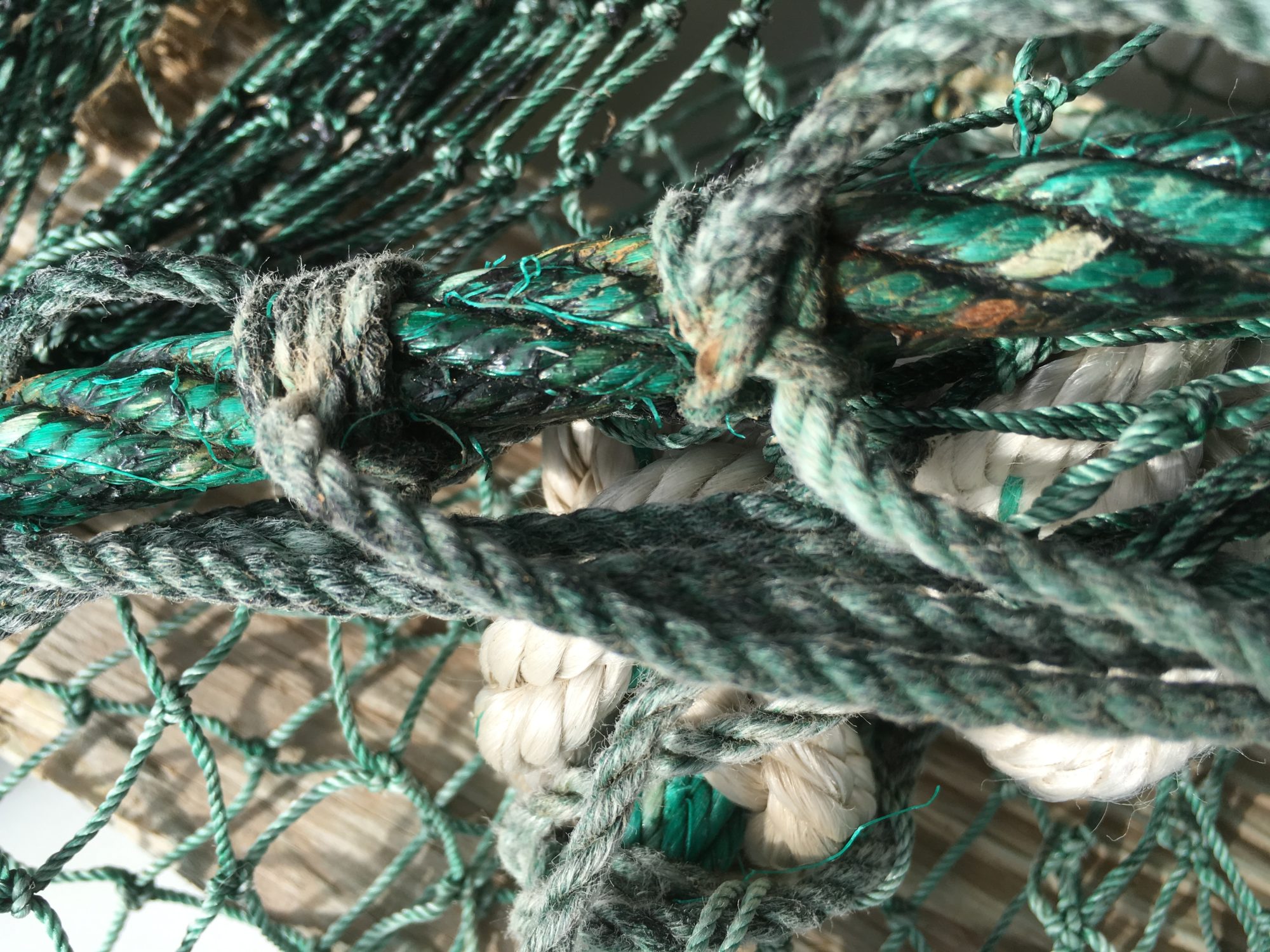I’ve been very pleased with the route planning I’ve been doing so far, if I do say so myself. I have some pretty sophisticated weather apps on my tablet, along with navigation software, tide tables, etc. I spend a significant amount of time going over all this stuff prior to heading out, so we know what to expect, or even if we go anywhere at all that day. We are fair weather sailors, and do not enjoy rough or scary passages. We do this also so we can let our “official” emergency contacts (two of our kids) know when to expect us to check in, our intended route, and when to consider us “overdue” and call the Coast Guard. Many of you reading this might know me as a guy who is laid back almost to a fault, but on this matter, I am almost OCD about the safety of Kate, Gabrielle, and my own skin.
Up here in New England, and to a lesser extent, along the Eastern Seaboard one thing that requires planning for is tides. Back along the Texas coast, a six inch tidal range is the usual. Meh. Up here ten to twelve feet is common. That’s a lot of water moving in and out of an area, and it creates significant currents that you can either take advantage of, or else they’ll take advantage of you.
Here’s a clip of tidal effects in The Race, a narrow passage between Block Island and Long Island Sound:
A minute or so after I put my camera away, it got REALLY dramatic, with huge boils and eddies all around the boat. It wasn’t dangerous, and we had planned around the tide tables so we were getting a big assist from a 4 knot current. I was feeling quite proud of my plans at that point.
You know what comes next, right? If you thought of the saying, “Man plans, God laughs”, you win.
The wind was not cooperating, at least not in the way that the forecast had said. It was not blowing from where it was supposed to, and it was becoming very difficult to lay to our course for Port Jefferson, rolly and uncomfortable. We decided to head for an alternate port (I had planned for that!) (God: “HAHAHA!”).
There is another saying used by sailors- “No matter how well you plan your route, sooner or later you’re gonna get caught out in some real nasty stuff.” And so it was that day. The wind came around to right on our nose, and began to howl. The rains that had been forecast for overnight/early tomorrow decided they couldn’t wait and started early. The wind built the seas up, right on the nose, and so we were pounding and hobby-horsing our way into them, some of them big enough to throw solid water over our decks. It slowed our progress considerably, so much so that we were still out when the tide changed and the favorable current we started out with turned against us. We were making good about two and a half to three knots to our destination that was miles and miles away.
I noticed that the bilge pump was cycling on WAY more often than it should, so I went below and had a look. Oh joy! Discovered new leaks in deck fittings, so that when those waves broke over the bow, I could see pulses of seawater running down the inside of the hull. And what was that noise is it the transmission oh god if the transmission goes we’re in serious trouble and what was that did I just hear thunder and what if the steering cable breaks… and so on for thirteen hours.
OK, I’m turning this into a war story, and that’s not my point. We made it to New Haven just before dark, grabbed a mooring, and watched the weather clear up. There was even a nice sunset. Checked for damage the next day and found none, enjoyed New Haven for a couple of days, and today had one of those most perfect sailing days to Port Washington. The point of all this is one more sailor’s aphorism:
“SMOOTH SEAS NEVER MADE A SKILLFUL SAILOR”. We don’t grow, inside or out, without adversity. Our boundaries are not stretched, nor our minds expanded without having to willfully push up against a hard thing or a scary situation.
So our skill set has been expanded, if nothing else but in tolerating an extremely unpleasant time, and that in itself is no small thing. Kate did an exemplary job that day- in some ways better than me, as I was letting mechanical ghosts scare me badly. She was the rock for me that day.
Tomorrow we tackle transiting New York City. There’s a tricky situation with the tides on East River, just past Riker’s Island, a narrow spot called Hell Gate. (There’s a name to inspire confidence!)

But I’ve been planning for it…









